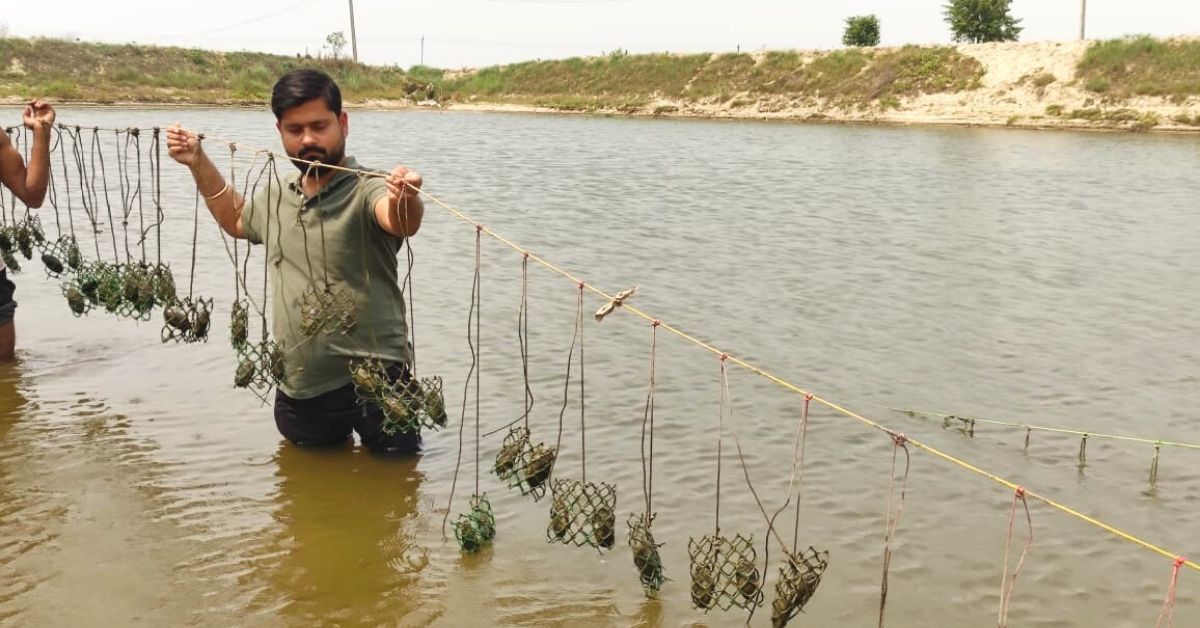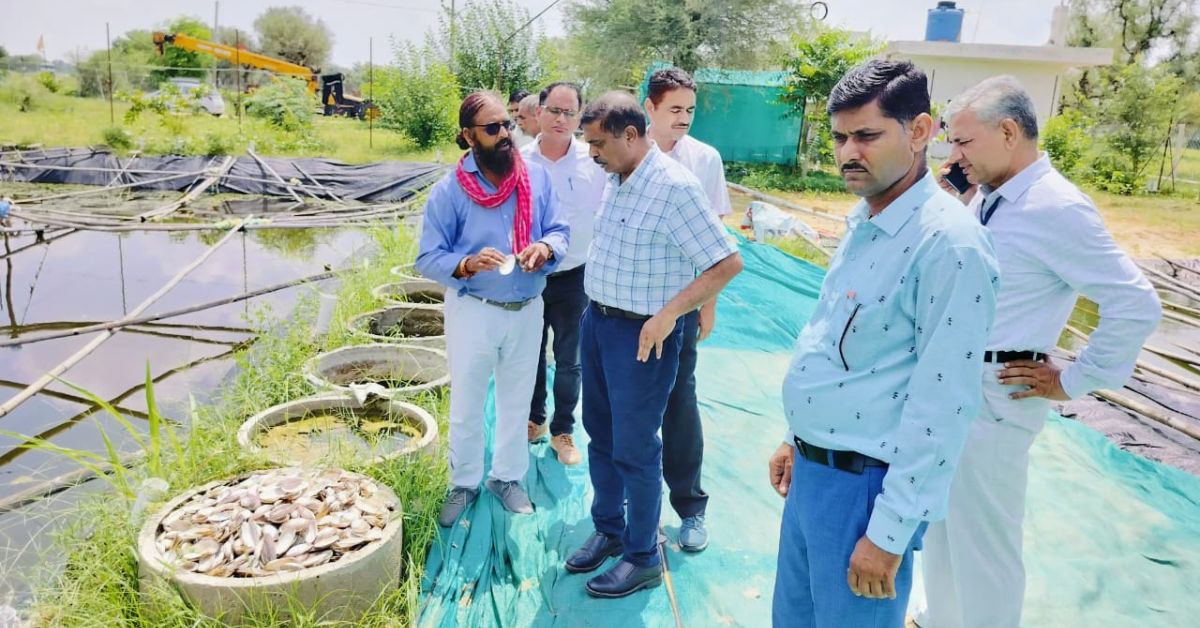Pearl farming has become a lucrative business opportunity for farmers. Starting with an initial investment between Rs 30,000 and Rs 45,000, progressive farmers are earning up to Rs 20 lakh per batch with pearl farming.
While pearl farming can be highly profitable, it is also risky. It requires careful planning and knowledge of various technical and environmental factors. Without the right expertise, farmers risk significant losses.
Here are some key tips for starting a pearl farming venture — from selecting the right mussels to managing temperatures and pH levels.
1. Choose the right location and setup
Ensure that the water conditions in your area are suitable for pearl farming. The local climate and water quality should support mussel growth. You can start by first setting up a 10×15-foot pond. This area is suitable to accommodate 1,000 mussels.
2. Source the right mussels
Procure high-quality mussels. Look for mussels that are 2.5 to three inches in size with a golden outer shell for better pearl quality.

3. How to implant the nucleus
Farmer Sanjay Pawar advises performing minor surgery to implant plain or designed pearls (artificial nuclei) into the tissue of the mussel. “There are several types of surgical procedures in pearl cultures — like gonadal implantation, mantle tissue implantation, and mantle cavity insertion. Among these, mantle tissue surgery is said to be easier to perform,” he advises.
After the surgical procedure, close the mussel and keep it inside a smaller water tank for two to three days before shifting it to a larger pond.
4. Monitor temperature and pH
It is important to create a river-like ecosystem for mussels to thrive. To ensure this, introduce algae into the pond, as it is the primary food source for mussels.
Farmer Vinod Bharti, who earns Rs 20 lakh per batch from pearl farming, suggests maintaining a pH level between 7.5 and eight for optimal mussel growth. “If the pH is more than eight (alkaline), mussels will not survive. You should also check pH levels weekly. If the pH is higher, change the water,” he adds.

Additionally, maintain the temperature of the pond between 25-32°C. During summer, when temperatures rise, you can regulate the heat by installing a green shade and rotating the water for three to four hours daily. Using aerators can also help control the temperature inside the water tank, boost fresh algae growth, and introduce new micronutrients.
5. Mussel feeding and care
Add feed monthly and maintain adequate oxygen levels in the pond for the survival of mussels. Use high-quality algae and provide the necessary vitamins and minerals to influence pearl quality. Develop feeding protocols based on mussel quality, as this impacts growth and pearl extraction timelines.
6. Pearl harvesting and market knowledge
Understand market demands for different types of pearls to sell your products effectively. Sanjay notes, “Usually, ‘designer debris’ or ‘irritants’ in the shape of Hindu deities Ganesha, Rama, Shiva, the Ashoka Chakra, 786 (a holy number in Islam), or figures like Chhatrapati Shivaji Maharaj are implanted in the mussel.”
The pearls develop in about 18 months as mussels secrete nacre around the nucleus and the final pearls come out in the shape of those symbols. Using this method, Sanjay and 10 other farmers generated an income of Rs 40 lakh by selling 8,000 pearls in one batch.
7. Opt for formal training
Farmers suggest undergoing training from institutions like the Central Institute of Freshwater Aquaculture (CIFA). The five-day course offers both theoretical and practical education on maintenance, food for mussels, anatomy, and nucleus beads. It also includes hands-on training on different plantation methods, such as mantle cavity, mantle tissue, and gonadal implantation.
By considering these factors and leveraging available resources and training programmes, you can efficiently start and grow your pearl farming business.
Edited by Khushi Arora
No comments:
Post a Comment